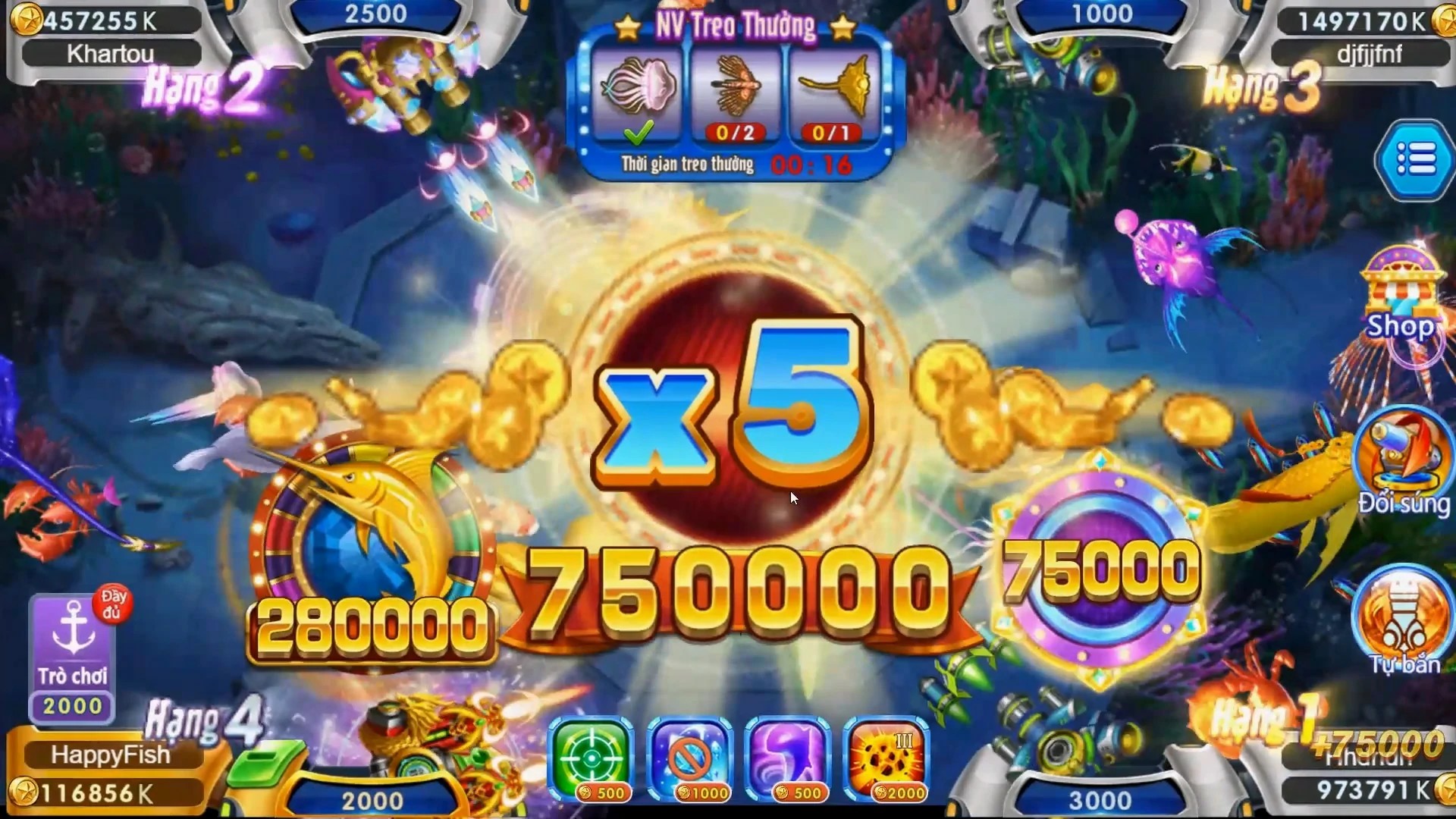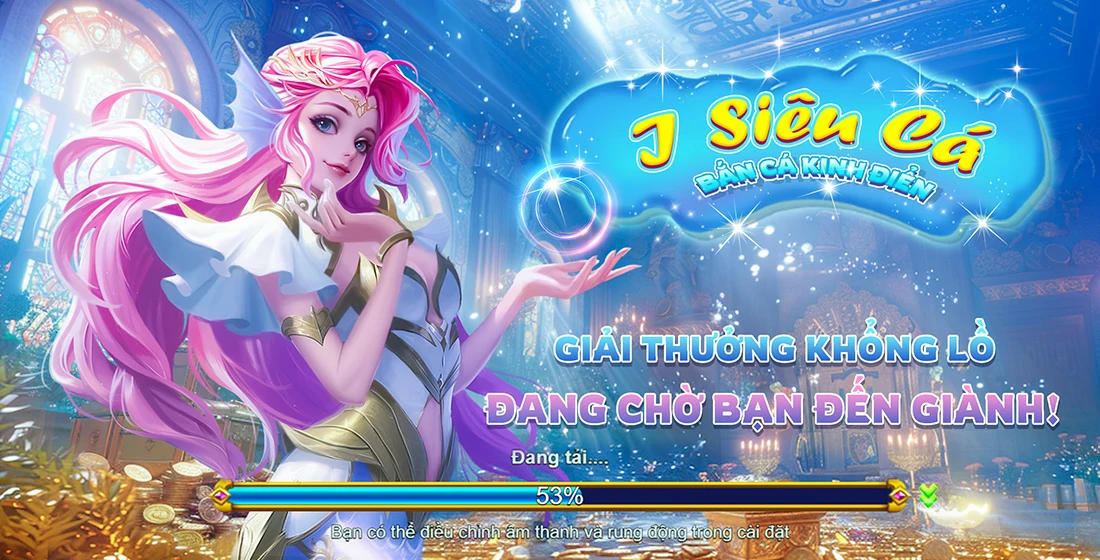Unleashing Fun: The Rise of Multiplayer Games and Their Impact on Gaming Culture
The gaming world has shifted in a dramatic way over the past two decades, turning the industry into a massive cultural phenomenon. Multiplayer games have taken center stage, captivating audiences worldwide. These games are not just about individual skill anymore; they invite collaboration and competition with friends and strangers alike. In this article, we will explore the rise of multiplayer games, their influence on gaming culture, and the unique aspects that keep players coming back for more.
What Are Multiplayer Games?
Multiplayer games are those that allow more than one person to play simultaneously. Whether online or offline, these games foster a sense of community. Popular titles such as 'Fortnite,' 'Call of Duty,' and 'Among Us' demonstrate how much fun it is to join forces with others, or even face off in heated battles.
The Evolution of Multiplayer Gaming
Historically, gaming started as a single-player experience. With the advent of arcade games in the late 20th century, the seeds for multiplayer gaming were sown. Players started clustering around machines, competing for high scores. Fast forward to today; gaming has gone global, connecting millions of players around the world. Innovative tech has allowed experiences that once required friends in the same room to happen anywhere with an internet connection.
Key Features of Multiplayer Games
- Social Interaction: These games often offer chat systems, forums, and social media integrations, heightening the sense of community.
- Competitive Elements: Many games incorporate leaderboards and ranking systems, pushing players to improve.
- Cooperative Gameplay: Players can join forces to tackle challenges that would be too tough alone.
The Impact on Gaming Culture
With multiplayer games taking the lead, gaming culture has also transformed. Here are some key impacts:
- Creating Global Communities: Players from different backgrounds unite, sharing experiences and building friendships.
- Esports Rise: Professional gaming has emerged, with tournaments that attract massive audiences and lucrative prizes.
- Content Creation: Streamers and YouTubers thrive on multiplayer content, shaping perceptions and strategies for millions.
Analyzing the 'Clash of Clans Level 7 Best Base'
'Clash of Clans' exemplifies how strategic multiplayer games engage players. At level 7, players look for the best base designs to fend off attacks from other players. This game displays how the community shares tips and tricks for building effective defenses.
Retro Touch: Playstation One RPG Games And Multiplayer
Interestingly, multiplayer gaming has roots in classic role-playing games (RPGs). While many PS1 RPGs, like 'Final Fantasy VII,' focused on single-player narratives, their intricate worlds laid the groundwork for shared experiences. Imagine if they offered multiplayer modes! Players could join in epic battles, combining their unique abilities.
The Future of Multiplayer Gaming
As technology advances, we can expect even more immersive multiplayer experiences. Virtual reality (VR) and augmented reality (AR) are set to redefine how we interact. Games will transcend screens, enabling players to "meet" in virtual spaces.
Conclusion
Multiplayer games have significantly reshaped gaming culture, providing avenues for social engagement, competition, and cooperative play. They are more than just entertainment; they are platforms for cooperation and community-building. As we enter the next era of gaming, the foundations built by these games will ensure that the fun never ceases. Whether you’re strategizing your base in 'Clash of Clans' or reminiscing about PS1 RPGs, the essence of multiplayer gaming lies in engagement and camaraderie.
Quick Recap
| Key Aspect | Description |
|---|---|
| Social Interaction | Platforms for players to connect. |
| Competitive Play | Encourages skill improvement through rankings. |
| Community Building | Fosters friendships beyond geographic boundaries. |



